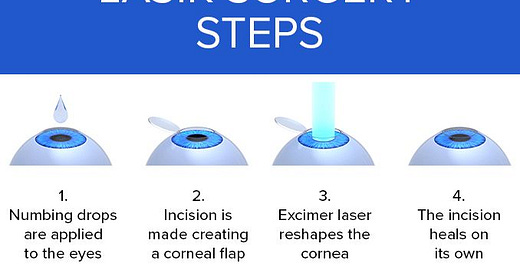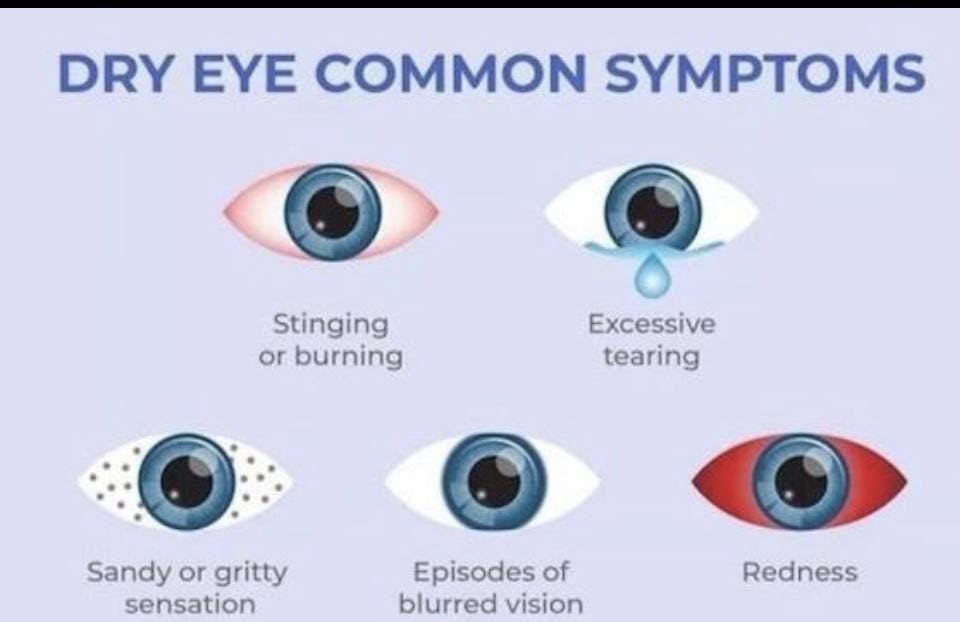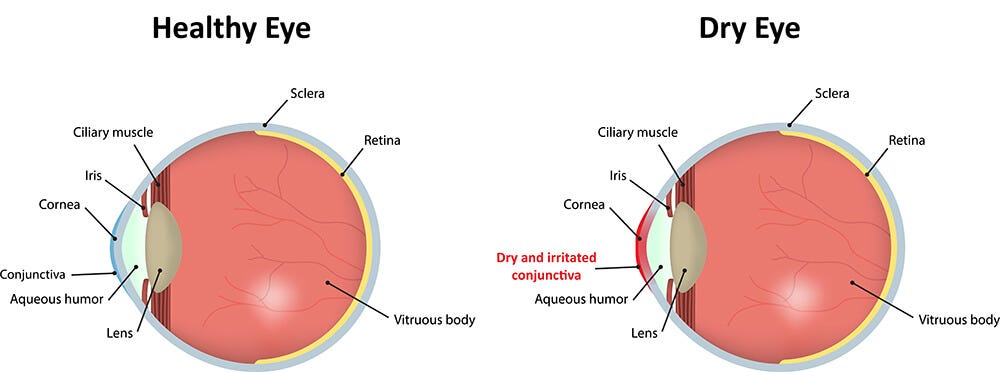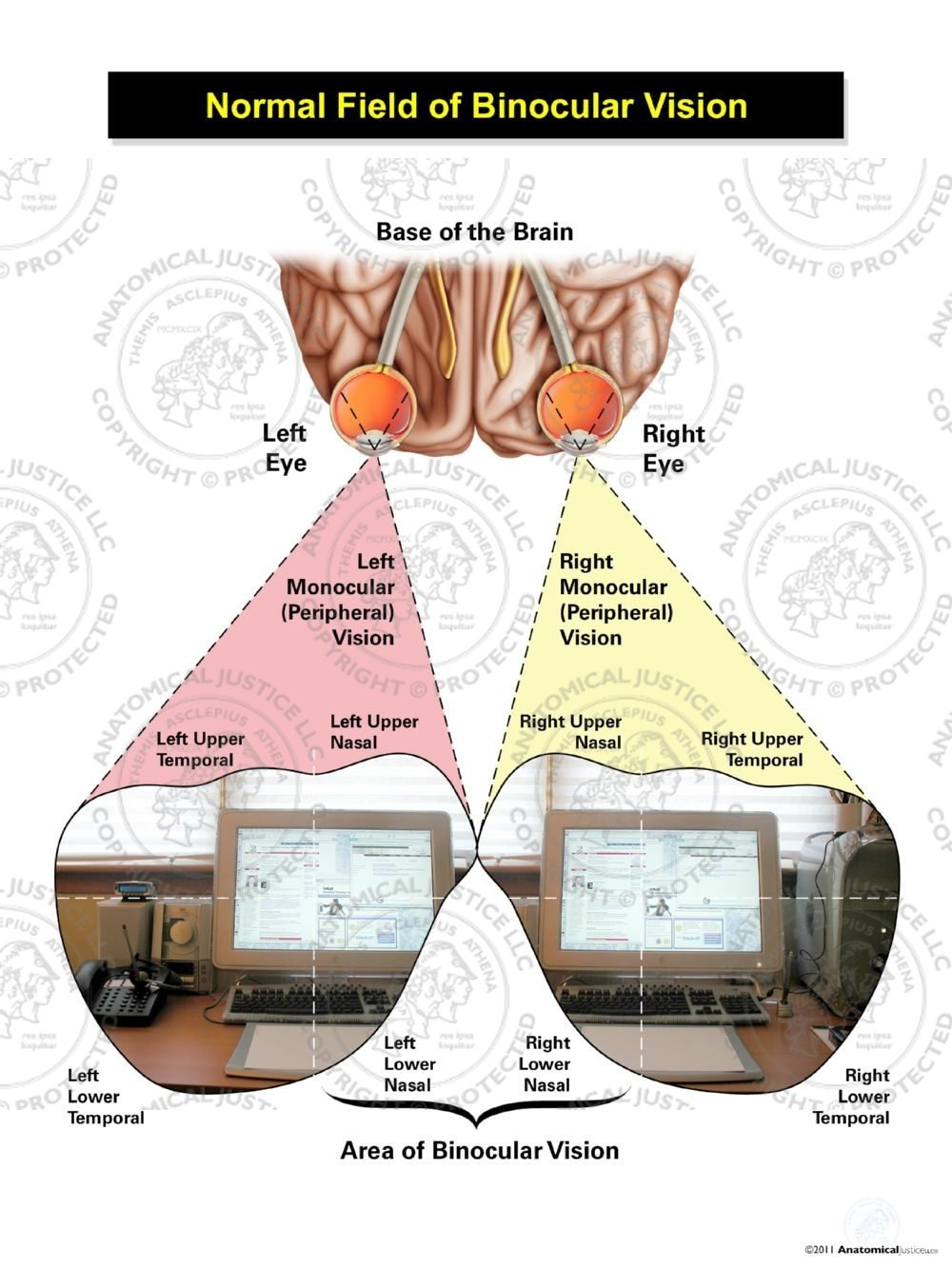The LASIK Conversation You’re Not Hearing
The Unfiltered Conversation About LASIK Eye Surgery: What You Need to Know Beyond Clearer Sight.....
LASIK surgery is often marketed as a quick and life-changing solution for clearer vision. While it can undoubtedly reduce the dependency on glasses or contacts, there’s much more to the story than meets the eye. LASIK impacts more than just your sight—it influences your posture, balance, neurological system, and even long-term eye health. In this article, we’ll explore the known impacts of LASIK, including the connection to dry eye syndrome, the increased risk of retinal detachment, and why addressing the whole-body system is essential when considering this procedure.
What LASIK Really Does
LASIK works by reshaping the cornea to correct refractive errors such as nearsightedness, farsightedness, and astigmatism. This allows light to focus properly on the retina, improving clarity of vision. It’s a convenient and effective way to achieve better eyesight for many people.
But here’s the thing: LASIK doesn’t just stop at fixing vision—it can have unintended consequences on how your brain and body process visual information. Vision isn’t just about what your eyes see; it’s a dynamic process that integrates with your posture, balance, and nervous system.
When the cornea is reshaped, it alters how light enters the eye, which can impact depth perception and peripheral vision—key factors in balance and coordination. After LASIK, your brain must adapt to these changes through a process called neuroadaptation. This adaptation can sometimes lead to side effects like eye strain, dizziness, or tension in the neck and shoulders. For some people, this tension cascades through their entire posture, affecting how they move and feel every day.
The Risk of Retinal Detachment
Beyond the immediate visual adjustments, LASIK is associated with an increased risk of retinal detachment. According to research published in the Journal of Cataract & Refractive Surgery, this risk is about 10 times higher than in the general population. Another study by the American Academy of Ophthalmology found that the risk could be as much as 21 times greater.
What causes this? Factors like the creation of the corneal flap during surgery and changes in intraocular pressure are thought to contribute. While retinal detachment is rare, it’s essential to understand the risks, especially for individuals with high prescriptions or pre-existing eye conditions. Being informed empowers you to take proactive steps, such as scheduling more frequent eye exams to monitor for potential issues.
The Dry Eye Connection
One of the most common side effects of LASIK is dry eye syndrome. During the procedure, nerves in the cornea responsible for signaling tear production are disrupted. This can result in decreased tear production and a reduced ability for your eyes to sense dryness. Symptoms of post-LASIK dry eye include:
Burning or stinging sensations
Redness or irritation
A gritty feeling, like something is in your eye
Blurred vision, particularly in dry environments
For many, dry eye symptoms subside as the nerves regenerate, but for others, chronic dry eye can persist, significantly affecting their quality of life. People with pre-existing conditions like meibomian gland dysfunction or hormonal imbalances may be at higher risk.
Binocular Vision and Posture: A Deeper Connection
LASIK doesn’t address binocular vision—the way both eyes work together to create a single image. Binocular vision is critical for depth perception, spatial awareness, and posture. When this balance is disrupted after LASIK, it can create systemic issues that extend beyond the eyes.
For instance, the eyes provide key feedback to the vestibular system, which governs balance and coordination. Altered visual input can lead to compensatory changes in head and neck positioning. This is particularly evident in individuals who develop forward head posture after LASIK. As they unconsciously adjust to changes in their visual field, they may strain their neck and upper back muscles, leading to chronic discomfort.
A study in Clinical and Experimental Optometry found that individuals with disrupted binocular vision often exhibit altered postural sway, indicating an imbalance in how their body stabilizes itself. This interplay highlights the importance of addressing the whole system when considering LASIK, particularly for individuals with pre-existing asymmetries or posture-related issues.
Additionally, LASIK can amplify misalignments in individuals with conditions like scoliosis or pelvic instability. Vision influences how we align our body in space, and any changes to the visual system can magnify imbalances already present in the musculoskeletal system.
Making an Informed Decision
LASIK can be life-changing, but it’s not the complete solution for vision and health. If you’re considering LASIK, it’s crucial to:
Understand the risks, such as dry eye and retinal detachment.
Discuss your unique visual and health history with a qualified eye care provider.
Evaluate your body’s alignment and overall health as part of the decision-making process.
This article is meant to inform, educate, and spread awareness about the broader impacts of LASIK surgery. Vision is so much more than just seeing clearly—it’s about how your eyes, brain, and body work together as a system. Understanding the potential risks and systemic effects of LASIK empowers you to make informed decisions and prioritize your overall health and well-being.
If you’ve already had LASIK and are experiencing unexpected symptoms like headaches, neck tension, or balance issues, it’s worth consulting with a specialist who looks at the interconnectedness of the body and vision. Addressing the whole system—not just the eyes—can lead to more sustainable improvements. Remember that your vision doesn’t exist in isolation and addressing the whole-body connection is key to achieving sustainable results.
Stay curious, stay informed, and keep exploring how your body works as an interconnected system.
Keep learning,
❤️ Aleena
References
Talamo JH, et al. "Dry Eye Symptoms Following LASIK Surgery." Journal of Refractive Surgery, 2012.
Nunez E, et al. "Risk of Retinal Detachment After LASIK." Journal of Cataract & Refractive Surgery, 2015.
Horwood AM, Riddell PM. "Disrupted Binocular Vision and Postural Stability." Clinical and Experimental Optometry, 2011.
Chandra A, Stone DU. "Neuroadaptation After LASIK: Visual and Postural Changes." American Journal of Ophthalmology, 2017.







